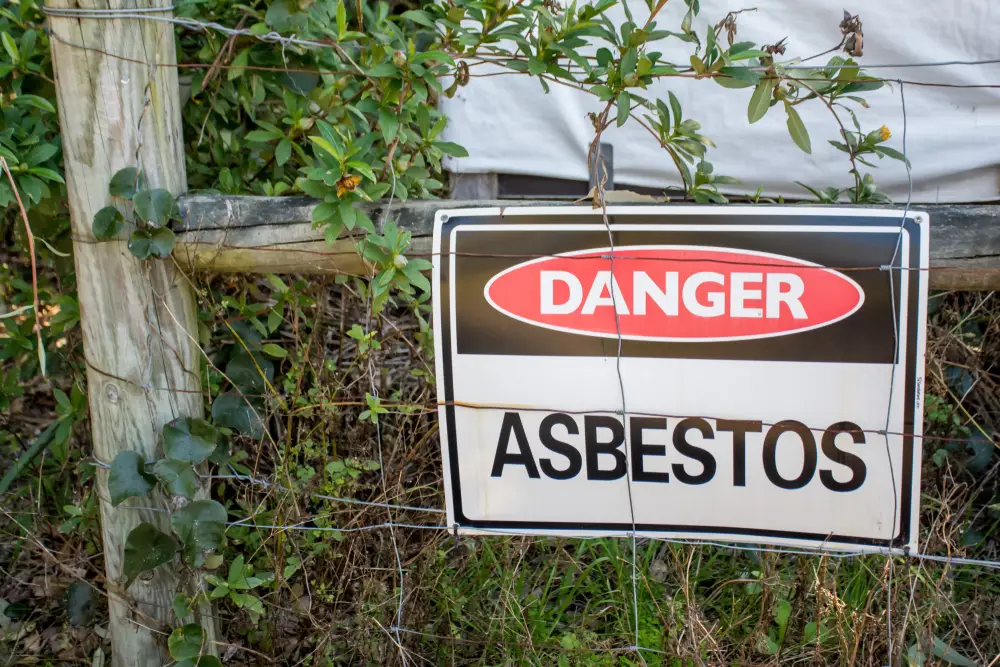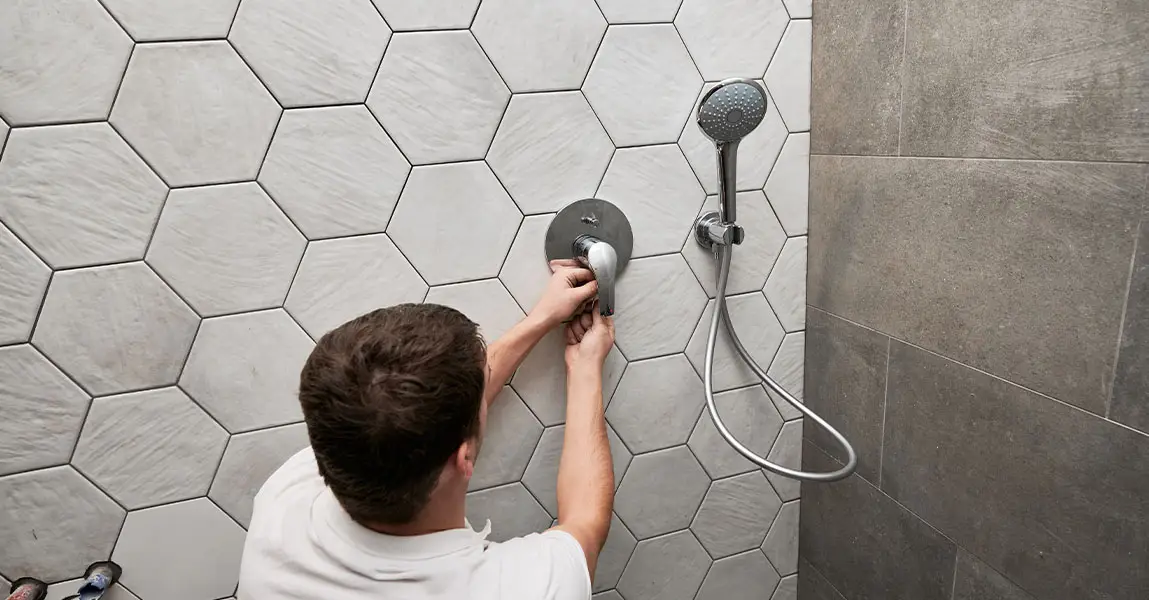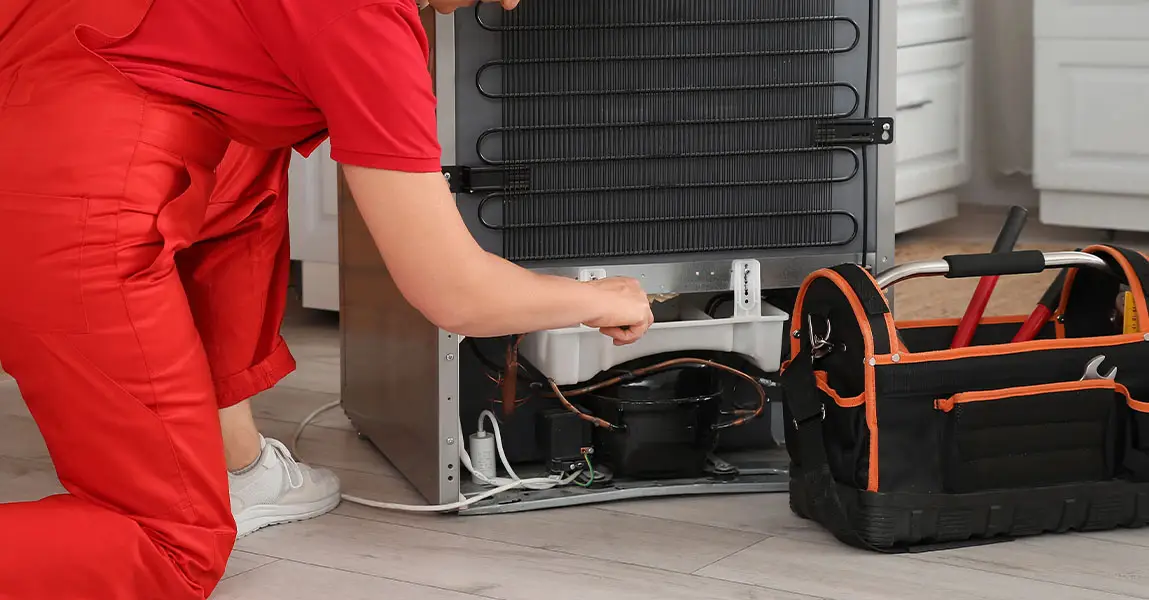Many older houses in Calgary were built with materials that contained asbestos. At the time, people valued it for its heat resistance and durability. Today we know asbestos can pose health risks if fibers become airborne and inhaled. Our team at Envirotech often gets asked where asbestos is most likely hiding in older homes. We want to share practical advice on common places to check, so you know what to look out for before starting renovations or repairs.
Attic Insulation
One of the most frequent sources of asbestos in Calgary homes is loose-fill insulation in attics. The product known as vermiculite was widely used up until the 1990s and often contained asbestos. If disturbed, the small fibers can easily spread throughout the house. We recommend not touching or moving this insulation on your own. Instead, the best step is to have it tested by professionals before any work begins.
In addition, insulation around older chimneys or pipes in attics may contain asbestos wraps. Many homeowners are unaware of these materials until they begin remodeling. It is always safer to treat unknown insulation with caution. This is why working with an abatement & remediation company in Calgary ensures proper testing and removal without risk to your family.
Flooring Materials
Another common place asbestos hides is in older flooring. Vinyl tiles, especially nine-inch squares, often included asbestos to add strength and fire resistance. The backing on vinyl sheet flooring and adhesives known as mastics can also contain it. Although these materials usually do not release fibers unless disturbed, problems occur when people sand, scrape, or remove them during renovations.
We suggest leaving flooring intact if possible until testing is completed. If asbestos is present, removal must be handled carefully to avoid spreading dust. Covering old tiles with new flooring is sometimes safer than ripping them out. Every case is different, which is why we stress the importance of professional assessment before making changes.
Drywall and Joint Compound
Walls and ceilings in houses built before the mid-1980s often include asbestos. The joint compound used to seal drywall seams and cover nail holes was one of the most widespread products containing asbestos. It was lightweight, durable, and easy to work with, so builders used it in nearly every room.
Homeowners may not realize sanding or drilling into these surfaces can release fibers. Even small repairs like replacing a light fixture or cutting into walls for wiring can disturb asbestos materials. We advise always checking the age of your home and consulting experts before doing this type of work. Taking precautions early avoids expensive cleanups later.
Textured Ceilings
Many Calgary homes feature textured ceilings, sometimes called popcorn ceilings. This style was popular because it hid imperfections and reduced sound. Unfortunately, many of these ceiling finishes contained asbestos. Scraping, sanding, or even accidentally damaging these surfaces can release fibers into the air.
If your home has popcorn ceilings installed before the 1990s, treat them with care. Do not attempt to scrape them off without testing first. Covering them with new drywall or panels can sometimes be a safer option if asbestos is present. Always assume textured ceilings may pose a risk until proven otherwise through proper testing.
Heating and Plumbing Systems
Older heating systems often included asbestos materials. Boiler insulation, duct wraps, and furnace linings were made with it because of its fire-resistant qualities. Likewise, hot water pipes were frequently wrapped in asbestos-containing tape or blankets to retain heat.
These materials are often hidden in basements, crawlspaces, or behind walls. Over time, they can deteriorate and release fibers into the air supply. Handling them incorrectly increases exposure risk. If you discover old wraps or insulation on heating pipes, do not remove them yourself. Instead, let trained specialists evaluate the condition and handle remediation safely.
Exterior Materials
Asbestos was not only used indoors. Many older homes in Calgary have siding, shingles, or cement boards that contain asbestos. These materials were durable and weather resistant, so they became a common choice for builders. While they are generally safe if left undisturbed, cutting or breaking them releases hazardous dust.
Replacing exterior siding or roofing requires careful planning. Specialized equipment is necessary to remove asbestos safely without contaminating the surrounding soil or air. Even outdoor materials can cause indoor exposure if not handled correctly. Testing before any exterior renovation protects both workers and residents.
Hidden Areas People Forget
There are also less obvious places asbestos may appear. Old caulking, window putty, and even some patching compounds could contain it. In certain homes, electrical panels and wiring insulation were made with asbestos as well. These hidden sources are often overlooked until major upgrades are underway.
Because of the variety of materials that once contained asbestos, surprises are common. That is why we encourage homeowners to stay cautious during projects. If there is any doubt, it is better to have materials checked before disturbing them. Professional testing provides peace of mind and ensures that your home remains safe.
Practical Tips for Homeowners
We understand that learning about asbestos can feel overwhelming. To make it easier, here are a few tips. First, never assume that materials in older homes are safe just because they look intact. Second, avoid disturbing anything that could contain asbestos until it has been tested. Third, always use protective measures when working near suspect materials, even if testing is not yet complete.
Finally, keep in mind that safe handling requires more than protective masks or gloves. True safety comes from proper containment, disposal, and cleanup. For that reason, if you suspect asbestos, the right step is to reach out to professionals who have the training and equipment to manage it properly.
Taking Action
If you own an older home and are planning renovations, testing for asbestos should be part of your preparation. We know that homeowners sometimes delay this step, but the risks of exposure make it important. Taking action early prevents unexpected problems and costly delays later.
You can learn more about professional testing and removal by reaching out through our contact us page. Our team at Envirotech provides guidance, safe handling, and the support you need to make your home healthier and safer for your family.
Frequently Asked Questions
How can I tell if my home has asbestos?
You cannot confirm by sight alone. Only professional testing can identify asbestos in materials.
Is asbestos dangerous if it is not disturbed?
Generally, asbestos is less risky if it is intact. The danger comes when fibers are released into the air through damage or disturbance.
Can I remove asbestos myself?
It is not recommended. Improper removal can spread fibers widely, increasing health risks. Professionals have the right equipment and training.
What should I do before starting a renovation?
Always have older materials tested for asbestos. This includes insulation, flooring, drywall, and ceilings. Testing avoids delays and ensures safe work.
Does every older home in Calgary have asbestos?
Not every home contains it, but many do. The only way to know for sure is through testing.











